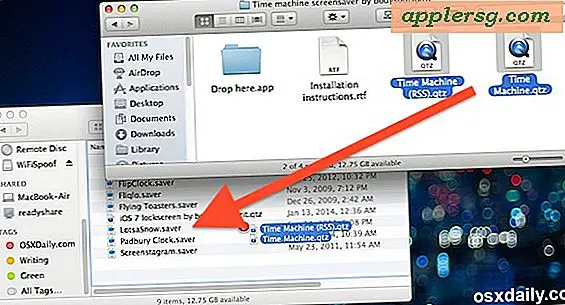

Time Machine will only back up your computer when you are connected to your power adapter.ĭepending on your Time Machine settings, it will keep an hourly back up for the past 24 hours, daily backups for the past month, or weekly backups for all prior months. When space is low on your external hard drive, the oldest backups are deleted to free up space. After you set it up, Time Machine backs up your computer every hour without any more effort on your part. The great advantage of using Time Machine on a Mac is that it not only keeps a spare copy of every file, it remembers how your system looked on at any given day, so you can revisit your Mac as it appeared in the past. Time Machine automatically backs up your entire Mac, including system files, accounts, preferences, music, photos, movies and documents. Connect the drive, assign it to Time machine and start enjoying some peace of mind. Ideally Apple would produce this, but I would be willing to pay a shareware fee for that.Time Machine is the built-in backup that works with your Mac and an external drive. What we need is a Time Machine Utility to manipulate these files, copy them, move backups from direct folders to sparse bundles etc. Time Machine refused to work with it, so I lost my old backups. Incidentally, I tried copying my old backup sparse bundle onto another drive, deleting it and letting Time Machine create a new sparse bundle on my grown partition and copying the contents from the old one into the new one. It is possible that in other circumstances a disk attached to a Time Capsule or elsewhere might get a sparse bundle with different parameters. Deleting and starting over again fixed this. In my case I am backing up from a laptop onto a partition on my desktop machine running Leopard 10.5.2 and when I grew the partition, although the Time Machine preference pane saw the extra space, when it came to a backup I got an error message saying there was not enough space and reporting the original size. It sounds like the type of sparse bundle created may depend on circumstances. having created the sparse bundle, you can then connect the disk directly for speeding up the initial backup or a major restore, but also connect remotely for routine incremental backups or minor restores. If it is first created over a network, then it creates a sparse bundle. Yes if the backup is created on a local disk, it uses ordinary folders. Sorry about my loose terminology - yes I did mean a sparse bundle. I haven't followed this exactly myself, but I am pretty sure it will work. Connect the drive directly to your Mac, then use Disk Utility to erase it. (You need to select the backup disk again.)Ĥ) Delete the filler to release the space you want to use for other things. Time Machine can back up to an external USB drive connected to an AirPort Extreme Base Station (802.11ac model) or AirPort Time Capsule. Time Machine will create its sparse image, hopefully with a maximum size of the space that was available.ģ) For speed, if you can connect directly to the volume, stop the backup and connect directly via USB/Firewire and complete the initial backup faster that way. And in macOS High Sierra or later, another snapshot is saved before installing any macOS update. It keeps an additional snapshot of your last successful Time Machine back-up until space is needed. Check that only the desired Time Machine space is showing as free.Ģ) Connect to the volume from the machine you wish to back up via a network connection and start making a back up. Time Machine saves one snapshot of your startup disc approximately every hour, and keeps it for 24 hours. A (non-Sparse) disk image will do nicely. So try the following:ġ) Create a filler file on your volume to occupy the space you do not want Time Machine to use. It does seem to 'fail safe' - that is if anything has been tampered with, it is inclined to refuse to proceed. In theory it should be possible to fiddle with hdiutil, but that is risky since it is not clear how finiky Time Machine is over this. Even though the Sparse Image does not occupy all that space until needed, it will not grow past that maximum. This is because it initially creates a Sparse Image with a size set to what is available at the time. I grew a partition to make more space and found Time Machine would not use it.


Have seen recommendations to allot 2 to 3 times the size of the machine that is to be backed up to provide space to handle the multiple daily backups created by Time Machine.
Many folks in these lists have asked if they can stop Time Machine using all the space on a partition, so they can put other data there too. Want to partition a 4TB external hard drive to backup my iMac (1TB) with Time Machine and to store music audio and video files.


 0 kommentar(er)
0 kommentar(er)
